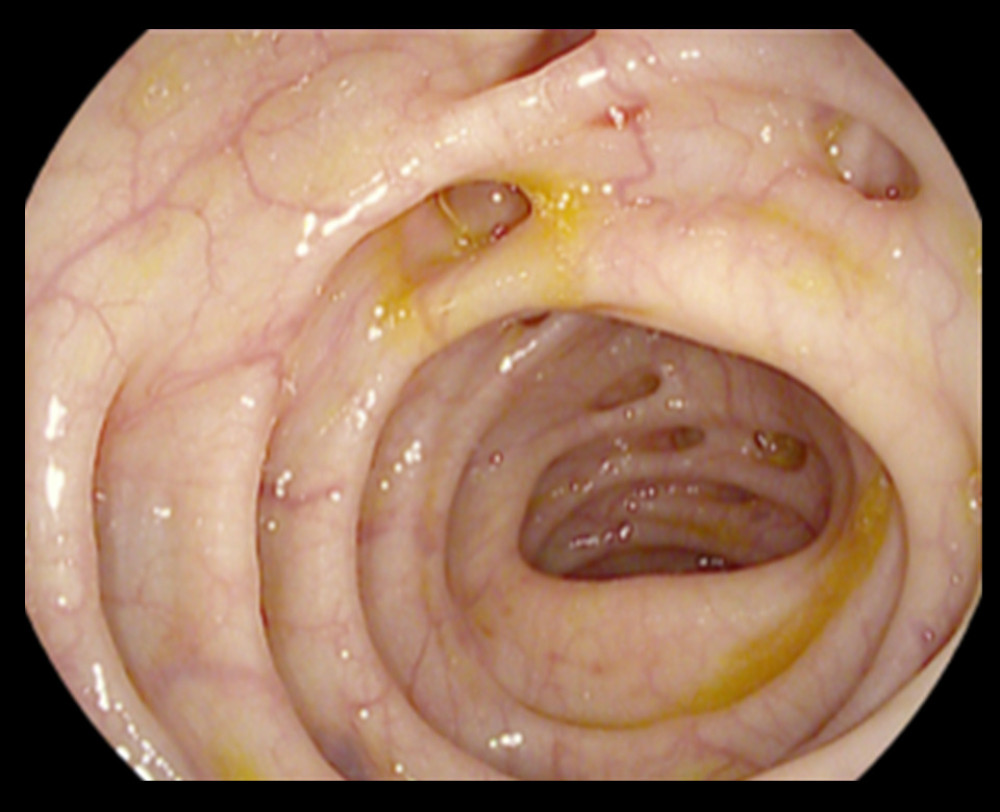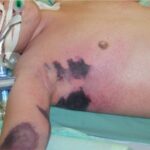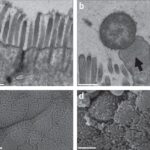Bacteroides fragilis is an obligate anaerobic, gram-negative bacillus commonly found in the gastrointestinal flora. While typically commensal, it becomes pathogenic when introduced into sterile areas such as skin and subcutaneous tissues, particularly following trauma, surgery, or mucosal barrier disruption. Among anaerobes, B. fragilis is notable for its virulence, antibiotic resistance, and role in mixed polymicrobial skin and soft tissue infections (SSTIs).

Pathogenic Mechanisms of Bacteroides fragilis in SSTIs
B. fragilis is unique among anaerobes due to its capsular polysaccharide complex (CPC), which plays a critical role in abscess formation and immune evasion. Additional pathogenic features include:
- Beta-lactamase production – leading to resistance to penicillins and some cephalosporins
- Hydrolytic enzymes – promoting tissue invasion and necrosis
- Synergy with facultative organisms – enhancing infection severity
- Biofilm formation – contributing to chronic infection and antibiotic resistance
Clinical Scenarios and Risk Factors
Skin and skin structure B. fragilis infections are typically polymicrobial and occur under conditions that favor anaerobic proliferation. Common clinical settings include:
- Post-surgical wound infections (especially abdominal, perineal, and pelvic procedures)
- Trauma involving bowel perforation or fecal contamination
- Diabetic foot ulcers and pressure sores
- Perirectal or perineal abscesses
- Decubitus ulcers in immobile or immunocompromised patients
- Necrotizing fasciitis involving the lower trunk or groin region
Patients with diabetes, malignancy, recent surgery, or compromised immunity are at heightened risk for invasive B. fragilis SSTIs.
Characteristic Clinical Features
While often presenting as part of a polymicrobial infection, B. fragilis imparts distinct clinical clues:
- Malodorous discharge due to anaerobic metabolism
- Deep-seated abscesses with poor response to superficial drainage
- Gas formation in tissues (visible on imaging)
- Tissue necrosis with undermined edges
- Minimal superficial erythema but extensive subcutaneous involvement
- Systemic signs such as fever, leukocytosis, or septic shock in advanced cases
Diagnostic Evaluation of Bacteroides-Related SSTIs
Microbiological Confirmation
- Specimen Collection: Deep tissue or aspirated pus, not superficial swabs
- Anaerobic Culture: Incubated in appropriate media; results may take 48–72 hours
- Gram Stain: Reveals pleomorphic gram-negative rods, often in mixed flora
- Molecular Techniques: PCR and MALDI-TOF may assist in rapid identification
- Antibiotic Sensitivity Testing: Necessary due to rising resistance, especially to clindamycin and penicillin
Imaging Studies
- CT or MRI: Evaluate abscesses, gas presence, and soft tissue involvement
- Ultrasound: Useful for superficial or perineal collections
Treatment Strategies for Bacteroides fragilis Skin Infections
Empirical Antimicrobial Therapy
Due to frequent polymicrobial involvement, initial therapy must cover aerobic and anaerobic organisms, including B. fragilis.
First-Line Options:
- Piperacillin-tazobactam
- Carbapenems (e.g., meropenem, ertapenem)
- Metronidazole (for anaerobic coverage)
- Amoxicillin-clavulanate
- Tigecycline (in select cases)
Clindamycin is no longer reliable due to widespread resistance among B. fragilis strains.
Duration of Therapy
- Uncomplicated infections: 10–14 days
- Complicated or deep infections: 3–4 weeks, tailored to clinical and imaging response
Surgical and Adjunctive Measures
- Prompt incision and drainage of abscesses
- Radical debridement in necrotizing infections
- Negative-pressure wound therapy for chronic wounds
- Hyperbaric oxygen therapy (in select necrotizing cases)
Antibiotic Resistance in Bacteroides fragilis
Resistance trends complicate therapy. Notable mechanisms include:
- Beta-lactamase production – rendering penicillins ineffective
- erm genes – confer macrolide and clindamycin resistance
- nim genes – cause metronidazole resistance (rare but increasing)
- Efflux pumps and biofilm – reduce susceptibility to multiple drug classes
Routine susceptibility testing is essential, particularly in persistent or hospital-acquired infections.
Prognosis and Outcomes
With timely diagnosis and appropriate therapy, localized B. fragilis SSTIs generally resolve without complications. However, delayed or inadequate treatment can lead to:
- Chronic sinus tracts
- Systemic sepsis
- Tissue necrosis or gangrene
- Multi-drug resistant infections requiring prolonged hospitalization
Prognosis worsens in patients with immunosuppression, diabetes, or delayed surgical intervention.
Prevention and Risk Mitigation
- Strict aseptic technique in surgical procedures
- Prophylactic antibiotics for high-risk surgeries involving the bowel or perineum
- Early treatment of superficial wounds in immunocompromised individuals
- Meticulous wound care in diabetic or bedridden patients
- Surveillance for resistant anaerobic strains in hospital settings
Skin and skin structure infections involving Bacteroides fragilis require a high index of suspicion, especially in polymicrobial, deep, or post-surgical wounds. Timely anaerobic cultures, appropriate empiric and targeted therapy, and surgical intervention when needed are vital for favorable outcomes. As resistance trends evolve, individualized treatment based on susceptibility testing remains the cornerstone of effective management.

